Twelve miles north of Girona and twenty two miles south west of Salvador Dali’s hometown of Figueres, at the western entrance to Garrotxa Nature Reserve, is the small city of Banyoles (Banyoles having been granted city status in 1920). We were in this part of Catalonia four years ago (Tour 4) and stayed at Besalu and Tortella but missed Banyoles. That oversight has now been remedied.
The city is best known for it’s 2 kilometre long freshwater lake, the Lago de Banyoles, which stretches from north to south and has a depth of almost 50 metres. Fed by underground water sources, it is the largest natural lake in Catalonia and recognised for it’s wide range of flora and fauna (including otters, turtles, water snakes and 300+ different species of butterflies) but, it was the 1992 Summer Olympics which brought Banyoles to the world’s attention. It hosted all of the rowing events for the Barcelona Olympics and then again for the World Rowing Championships in 2004 and the Rowing World Cup in 2009 (as well as numerous, lesser rowing events). Going forward, the World Rowing Masters is to be hosted there in September 1925.
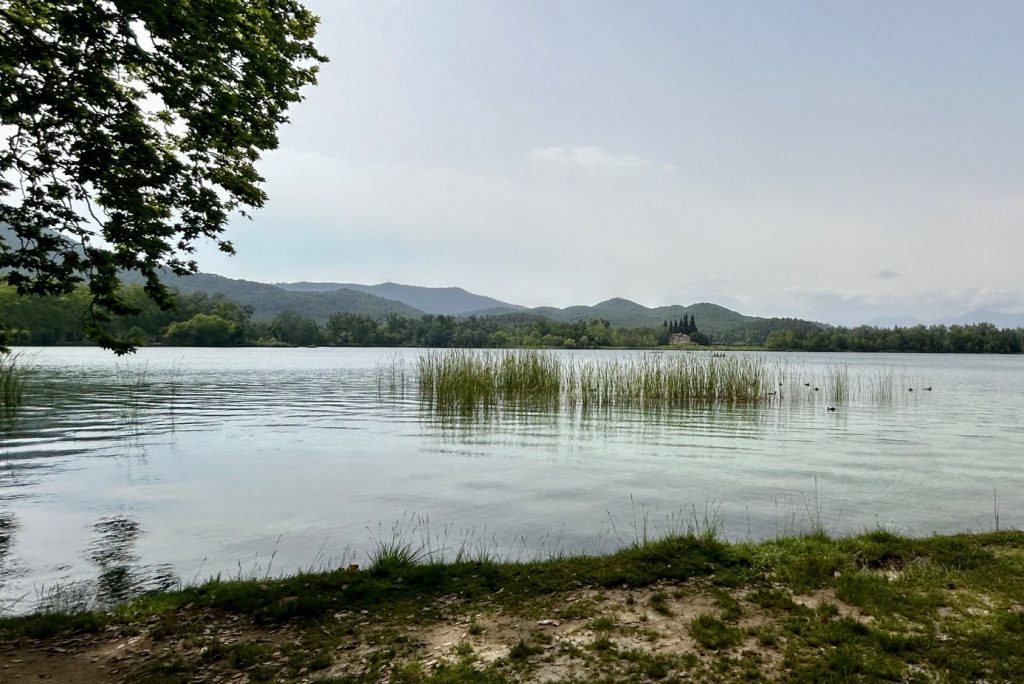
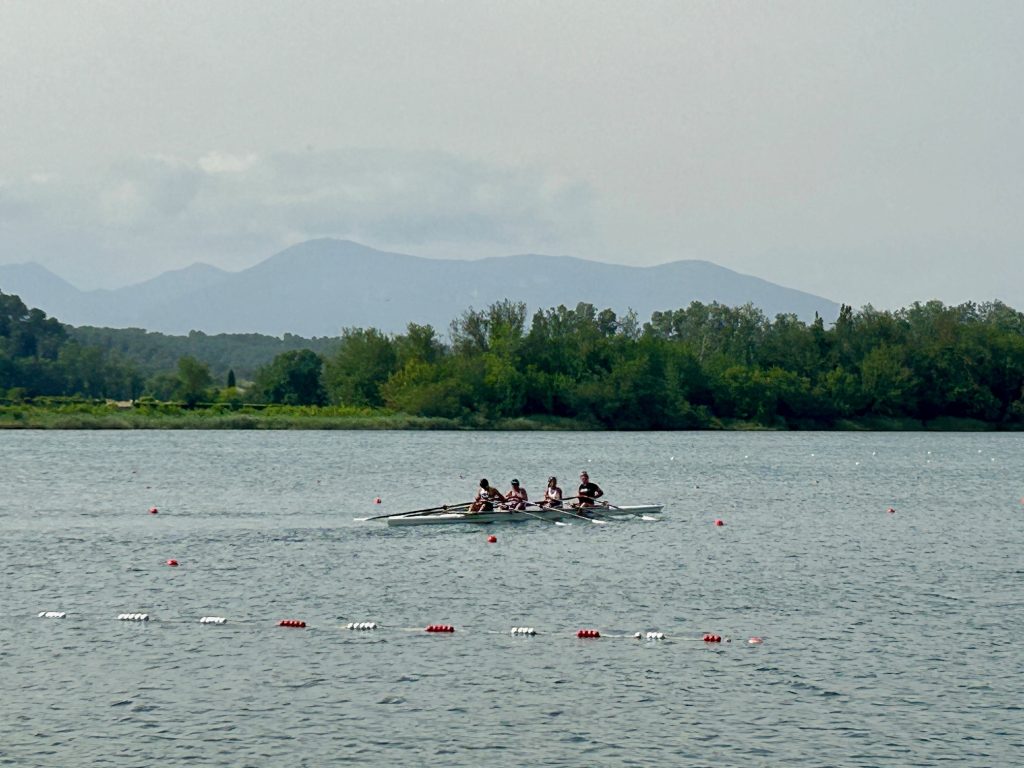
We parked up at Camping El Llac in Porqueres, on the south west corner of the lake and just 20 minutes walk from the city which is on the south east corner. Porqueres is known for it’s well preserved 1oth century church (the Eglesia de Santa Maria de Porqueres), consecrated in the 12th century. It is of modest design and contains little in terms of decoration. I read that it straddles a huge Earth Energy Line – an Earth Dragon Line but I don’t pretend to understand what that is all about. The church is, however, a pleasant enough place to visit and it sits in a quite exceptional setting on the edge of the lake.


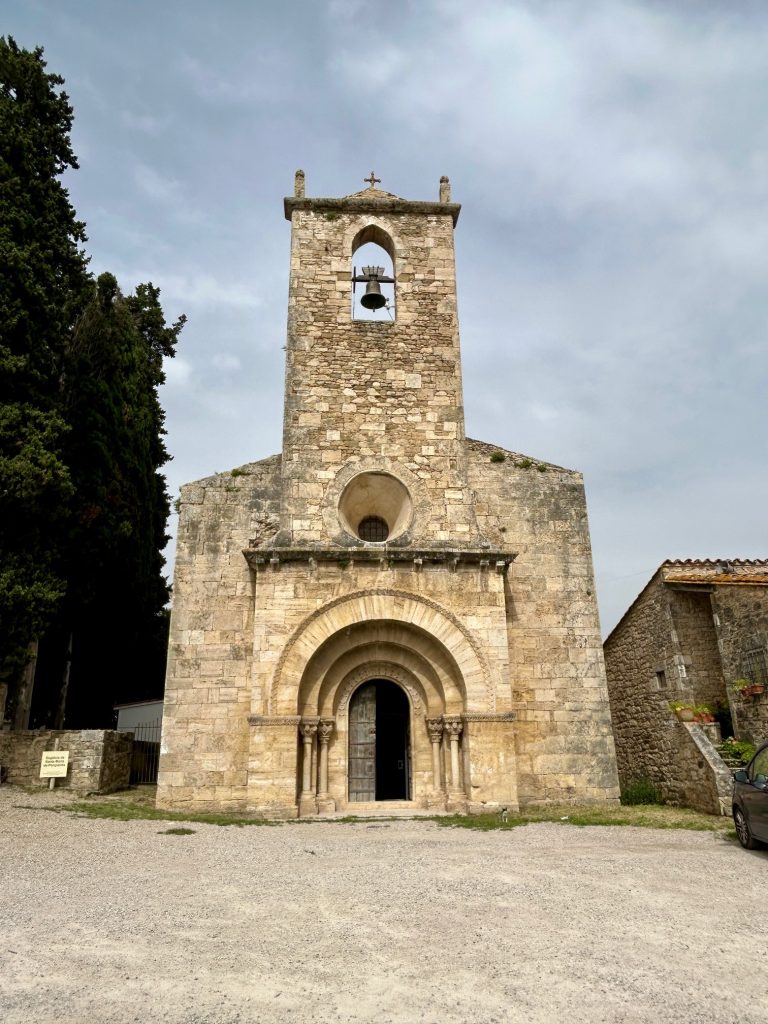
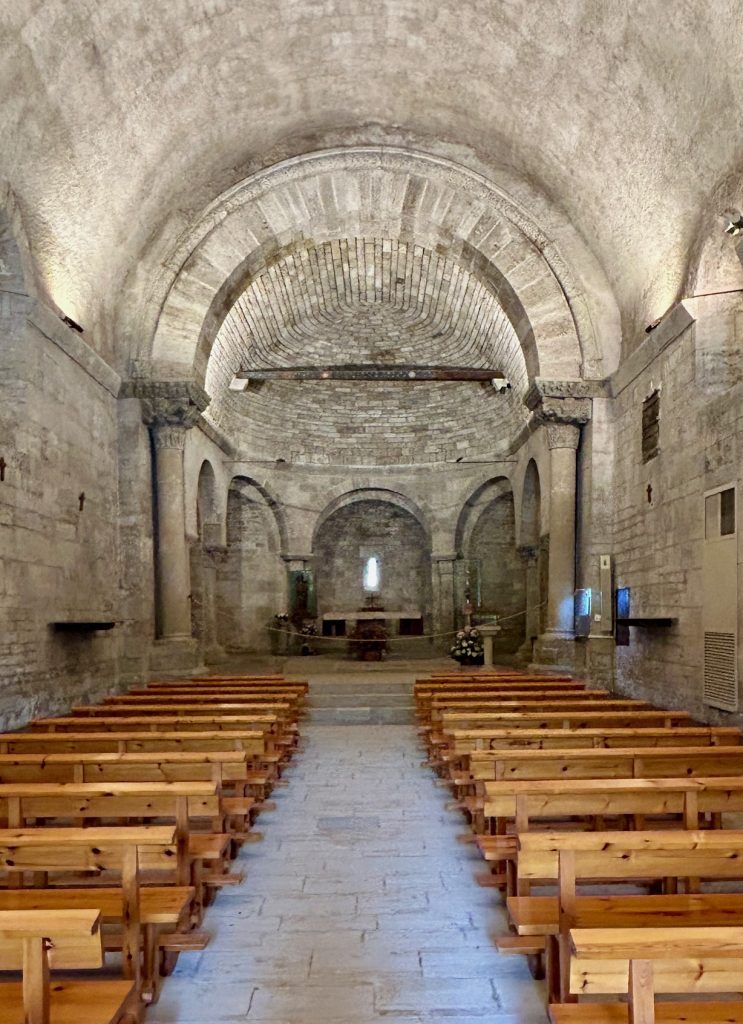
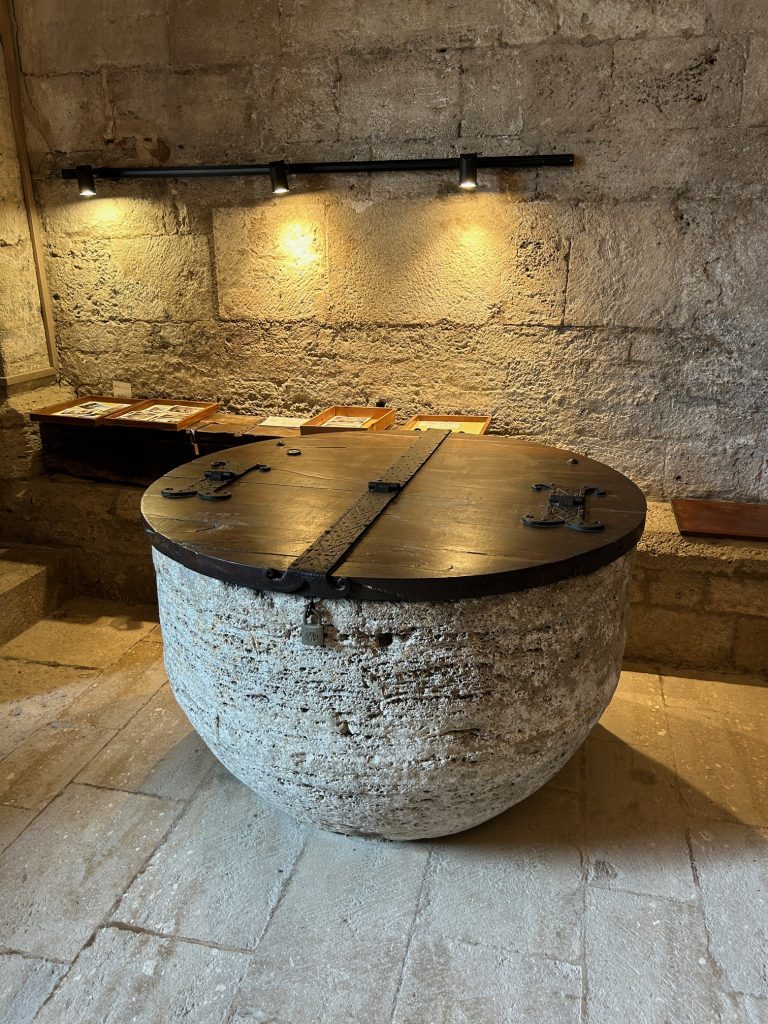

There’s a flat 7 kilometre path around the edge of the lake but with Porqueres and Banyoles City being no more than 2 kilometres apart on the southern edge of the lake, the walk from the Eglesia de Santa Maria de Porqueres to the centre of Banyoles takes less than 30 minutes (even allowing for time to take photos).
The south east shore is dotted with a number of tiny houses or huts known as pesqueres. These huts were built during the latter part of the nineteenth and early twentieth century and are the ultimate beach huts for wealthy families to use as a base for fishing, boating and swimming in the lake. One now serves as the tourist information office but it was closed as I passed it. It mattered not; there are plenty of information boards positioned around the city and I was intent on exploring the medieval town centre and finding a bar where we could watch England’s second group match of the European Championship Finals, against Denmark. A bar in the old town would serve us well.
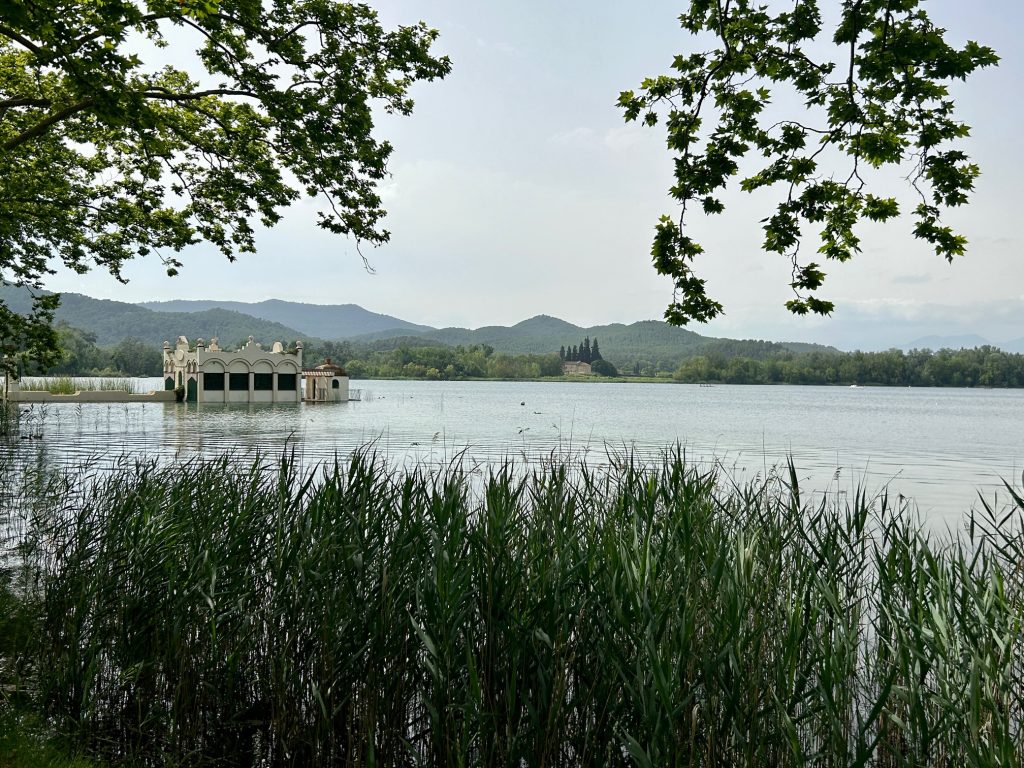



It is thought humans may have lived in this area some 80,000 years ago but this is unproven. It is certain, however, following an archaelogical find at nearby La Draga in 1990, that a settlement was formed on the south east edge of the lake as long ago as 5,200 BC. Most of this settlement is submerged beneath the lake but this has worked to the archaeologists advantage because large numbers of different wooden tools (bows, javelins, digging sticks, spindles, ladles, etc) have been recovered, perfectly preserved in the waterlogged soil. Wooden piles, planks and building supports which formed accommodation and storage areas have also been reclaimed and these have facilitated the construction of replica buildings on the site which is just to the north of Banyoles (see below – not my photos).
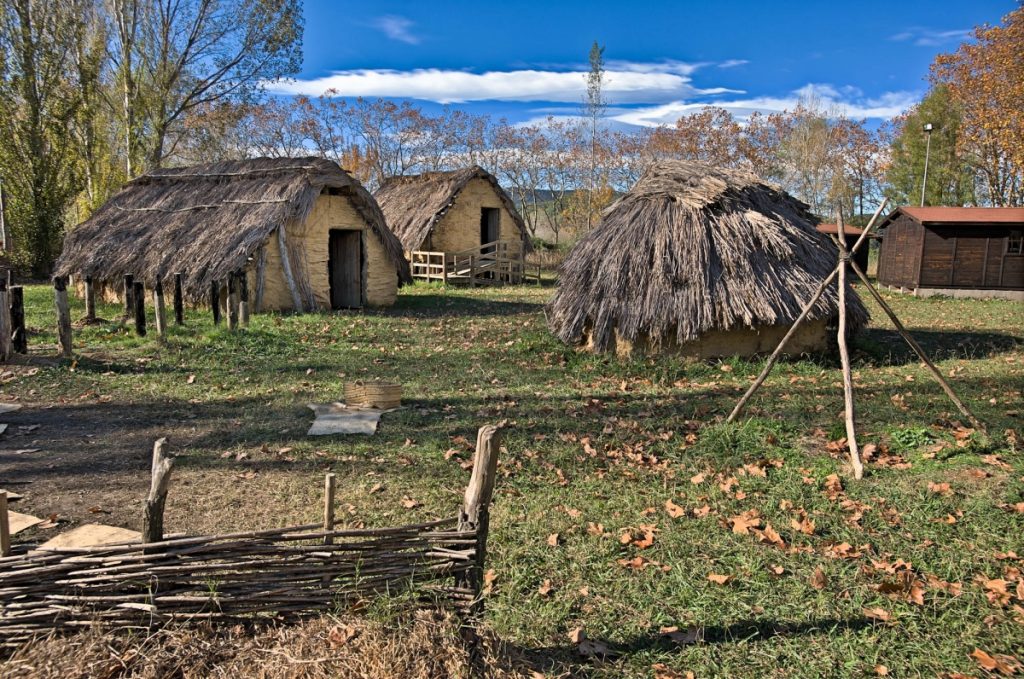
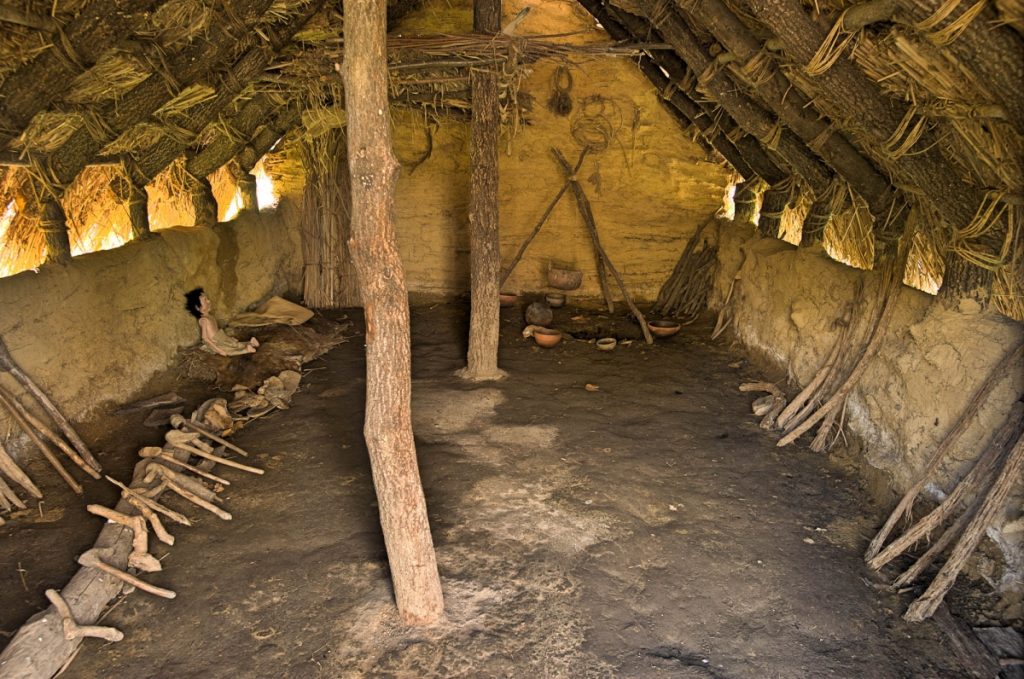
The settlement was evacuated early in the 8th century (sometime between 711 and 720 AD) when Muslim Moors and Arabs invaded and conquered almost all of Spain but, at least in this part of Spain, the Muslim occupation didn’t last long. Within 100 years Catalonia was free of the invaders (it was centuries later before the invaders were removed from other parts of Spain) and Banyoles began to grow around the Bendictine Monastery of Saint Steven (Monestir de Sant Esteve) which was built in 812 AD. The original construction was destroyed by a Saracen attack in 945 AD but Banyoles survived and thrived on the back of a burgeoning textile industry and the monastery was rebuilt within just 12 years.
It took me no time to find the porticoed Placa Major and on it a lively little bar with a decent sized TV (the Cafe de la Placa) where Vanya and I could eat and watch England play Denmark later in the evening. The football match wasn’t due to start until 9pm which left time to explore the old town.

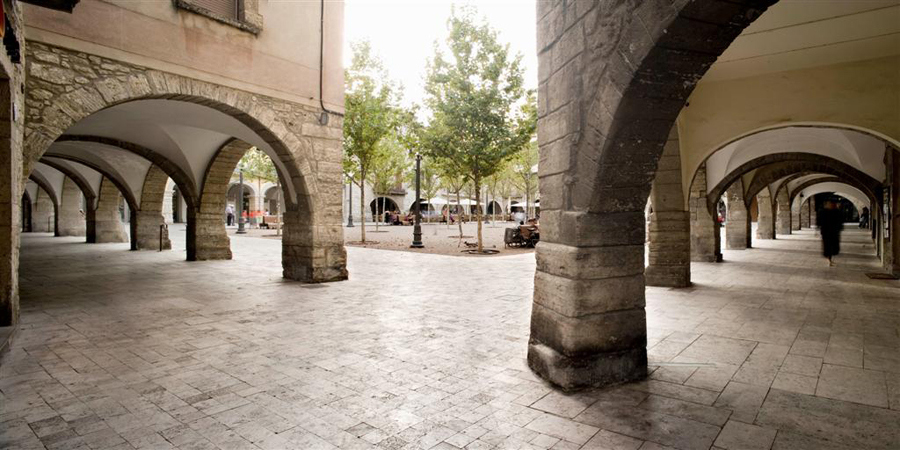
I didn’t stay long on the Placa Major. It’s a fair sized rectangle filled with Plane trees and edged by numerous stone arches and a few bars. It’s a pretty place and the thought of sitting in the shade with a beer while planning my next move appealed to me. However, a dozen or so school children (part of a brass band I think) were demonstrating their dubious abilities on various wind instruments to doting parents and grandparents. It was the loud applause (wholly out of proportion to the talent actually displayed by the children) which convinced me the watching adults were parents and grandparents but, either way, it wasn’t for me and I took to the streets.
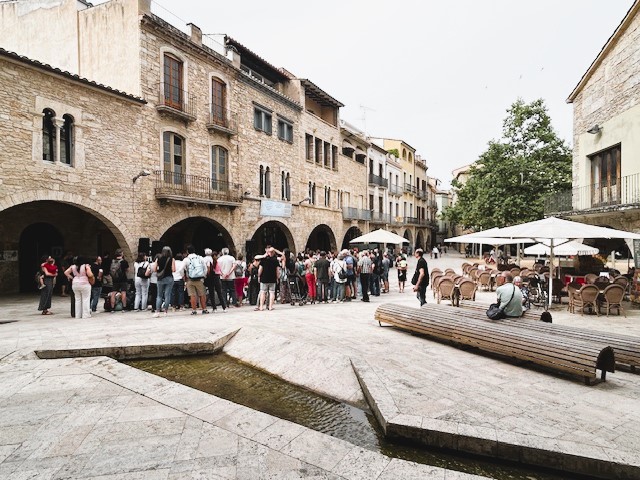
One very interesting feature of the town are the numerous open irrigation and/or drainage canals which were originally designed to both supply the city with water from the lake and provide flood protection. Over time these canals were lost (as one by one they were covered and integrated with the towns sewers) but, more recently (i.e. during the early part of this century), large numbers were uncovered and left exposed as part of a programme towards making the old town more interesting and attractive. They still provide a degree of flood protection but they now also serve as a charming water feature.
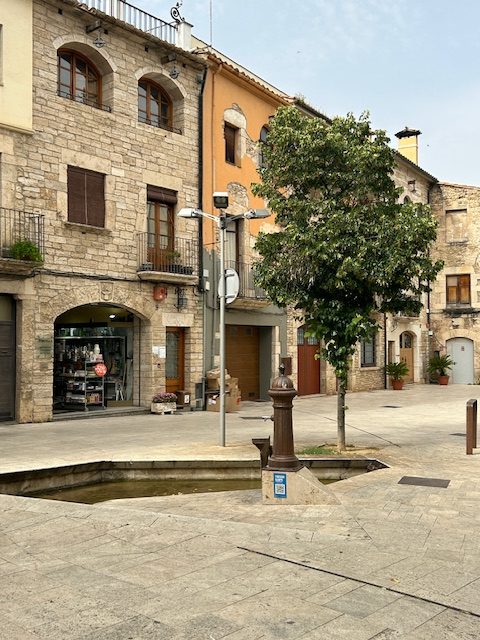

Most of the small historic centre is now pedestrianised and it is a joy to wander. I was particularly impressed with how clean it all is. Of course, the open canals may well help in this regard.
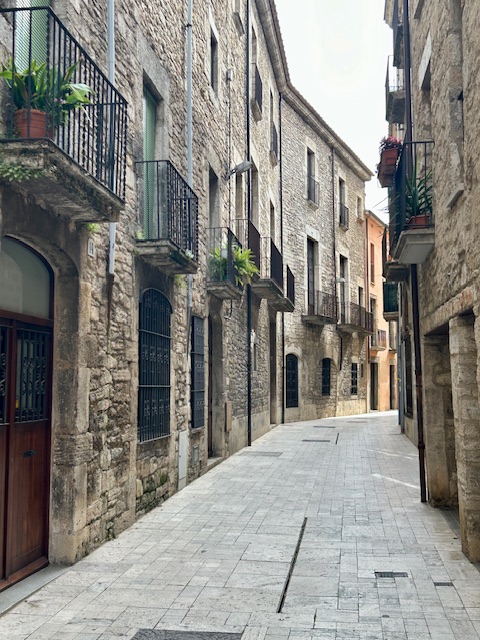
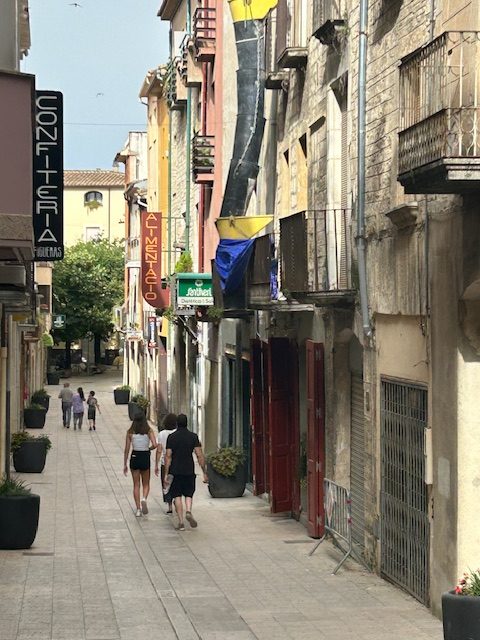

It didn’t take me long to find the Church of Santa Maria dels Turers (La Iglesia de Santa Maria dels Turers). Built in the Gothic style and consecrated in 1333, it has been remodelled a number of times (the current facade dates from the 16th century; two aisles were added in the 17th century and; the church’s stained glass windows date from the 20th century) but it isn’t the most handsome of churches and I didn’t stay long. In fact, I returned to Placa Major (the aspiring musicians had left); reserved a table for the evening and; enjoyed a couple of beers before making my way back to the Van.

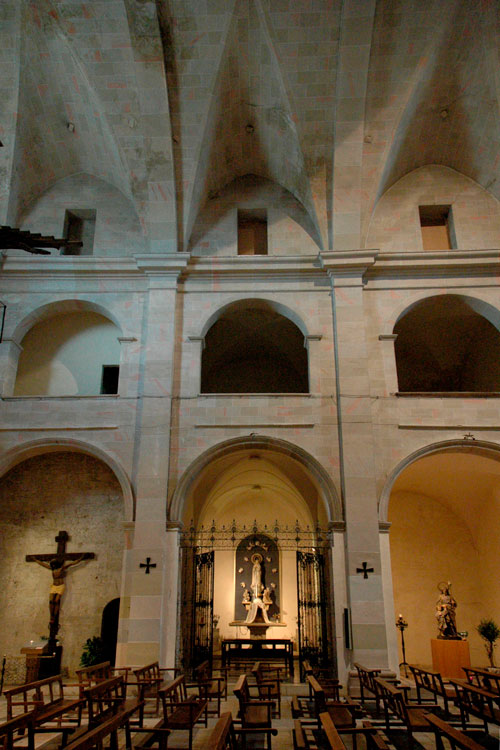
At around 7pm Vanya and I readied the dogs and I led everyone around the lake and back into town to the Cafe de la Placa on the Placa Major to eat and watch the football. It’s a delightful walk and next time we visit the city I intend completing a full circuit of the lake.
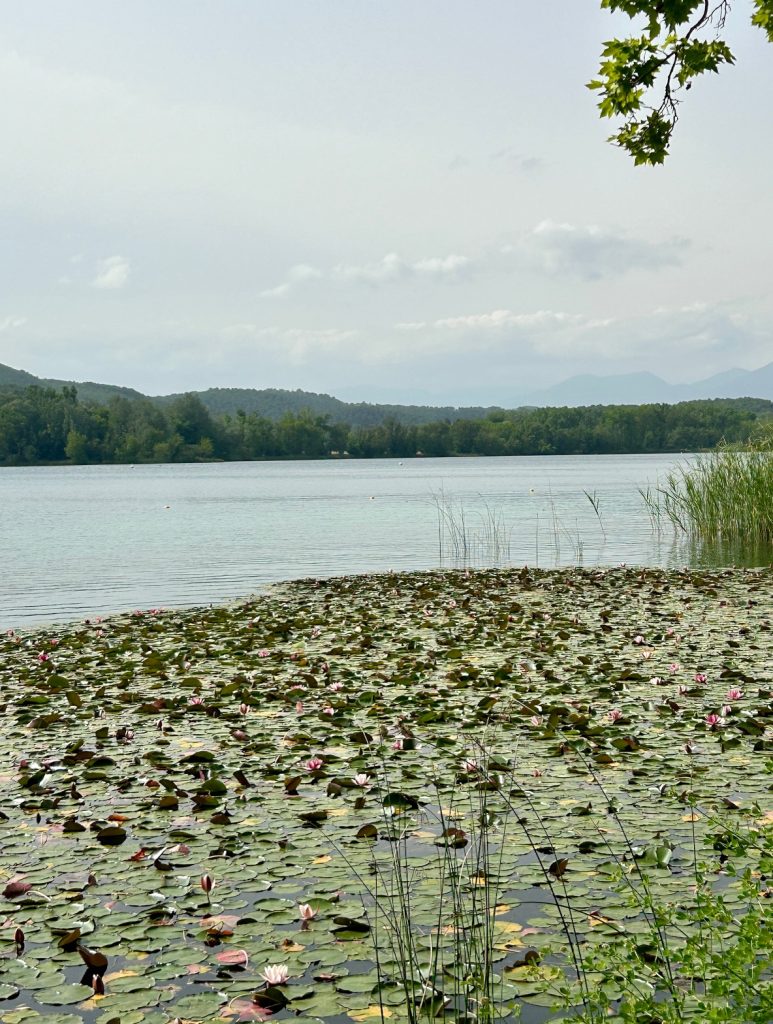


The football match was anything but delightful. It ended in a 1-1 draw (which pretty much guarantees England a place in the next round even though England have one further Group Stage game to play) but, again, England were wholly disappointing.
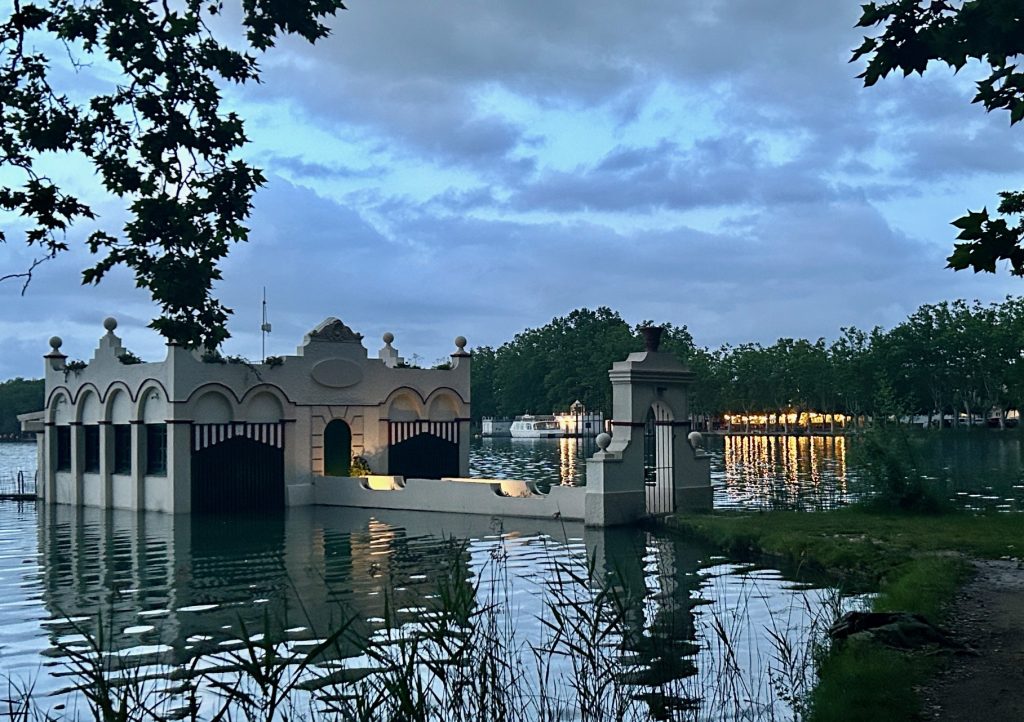
The return journey to the campsite was pleasant and memorable in that Nala was given free rein to lead us back to the Van in the dark and she did an absolutely sterling job
The next morning saw us depart for the coast. We were heading some 40 miles east to Llanca for our final night in Spain.


